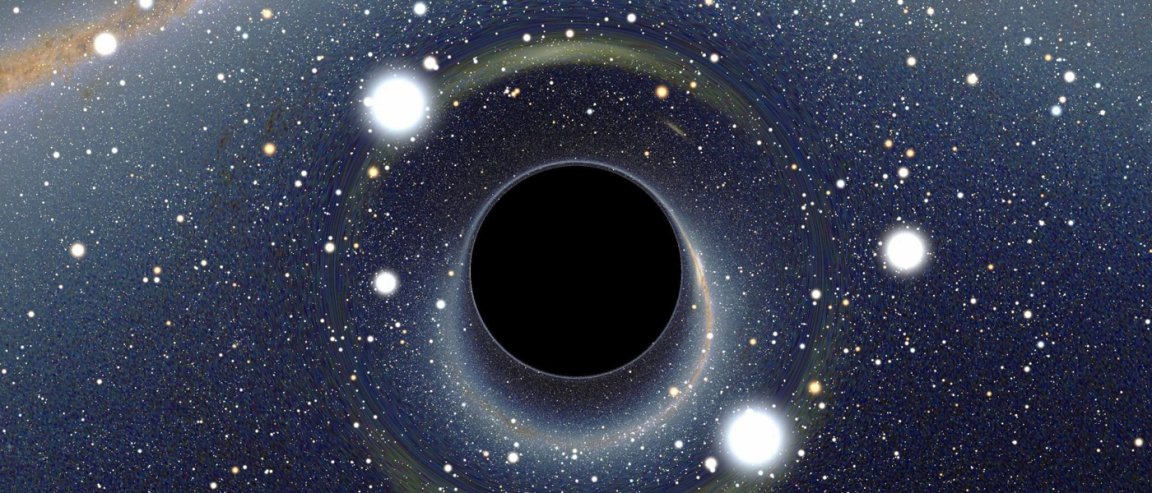
Lab-Grown Acoustic Black Hole
A few months ago, someone started working on building a black hole in a laboratory in a quest to find out whether Hawking radiation could really exist. It took physicist Jeff Steinhauer, of the Israel Institute of Technology, Haifa seven years to single-handedly perfect his method to recreate black holes. And now the results have been published in Nature Physics.

His lab-grown black hole implies that Hawking was right.
In 1974, Hawking theorized that, contrary to the belief that a black hole would continuously and infinitely suck in everything around it, energy could in fact, seep out of it in the form of radiation. This eventually became known as “Hawking radiation.” This causes a black hole’s eventual demise, as the energy seeps out and the black hole dissipates into nothing.
Recent findings did confirm that there are some things that could escape a black hole’s supposedly inescapable pull, such as light.
And this time, Steinhauer’s lab-grown black hole simulation showed what is the closest evidence we could find (as of now) of Hawking radiation, emanating from its event horizon.
4,600 Times to be Sure
Steinhauer cooled rubidium atoms to a few billionths of a degree above absolute zero to cause them to enter a quantum state of matter, behaving like clones of each other and clumping together to form a “super particle” known as Bose-Einstein condensate (BEC). This process of recreating black holes was proposed in the 1980s but nobody bothered to try building it until 2009.
Lasers are then used to force the atoms to move at supersonic speeds, causing sound waves to get trapped inside the quantum fluids.
Steinhauer ran his experiment a staggering 4,600 times, and as Hawking predicted, pairs of phonons, or packets of sound energy, appeared spontaneously at the event horizon. One of them is then expelled away and the other falls back into the black hole. This separation of the pairs is consistent with Hawking radiation’s description of entangled particles annihilating each other unless they exist in either side of a black hole’s event horizon.

While this is quite a remarkable achievement in demonstrating the feasibility of Hawking radiation, other physicists say that it’s not enough to win Hawking a Nobel prize. Some doubt that what Steinhauer generated were in fact, credible BECs, and that several replications must be made in order for this to stand strong. Physicists also say that only a direct observation from a real black hole could confirm his theory—something that would most probably not happen within Hawking’s lifetime, or possibly any of our’s.